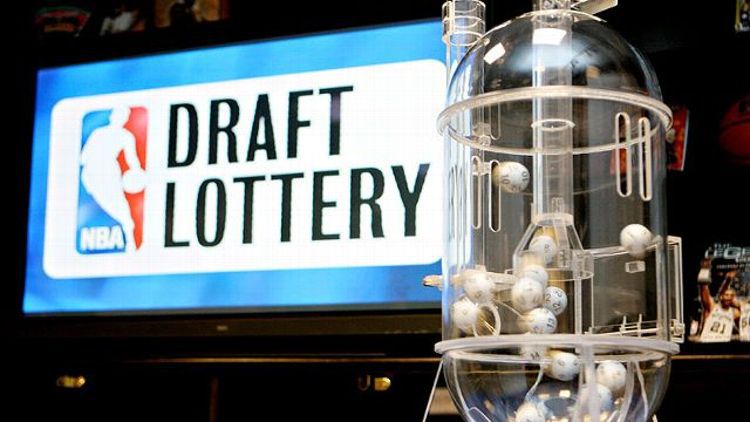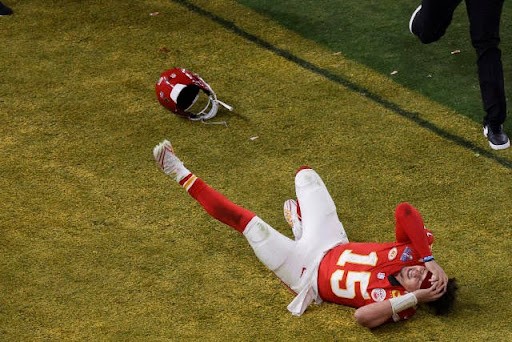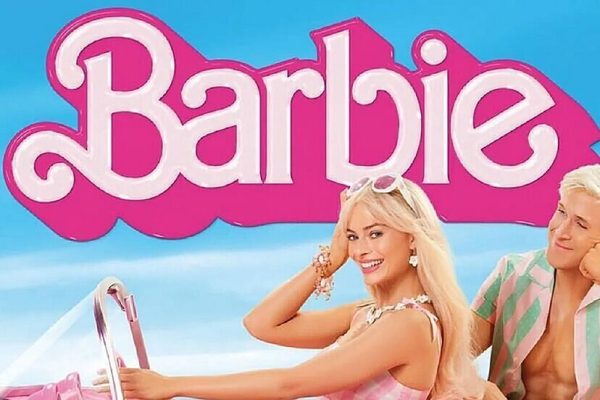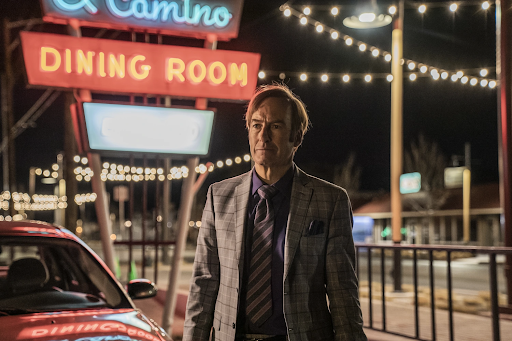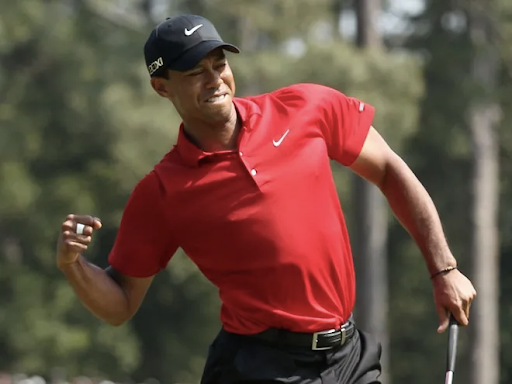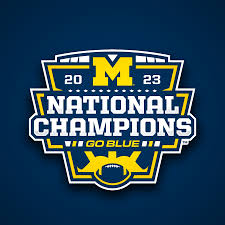NBA Tanking: Performance for Potential
May 2, 2018
With the NBA playoffs in full swing, fans of the league are ecstatic for the iconic moments that inevitably are to come. The high quality of play from the league’s best teams shows the quality of the sport when world-class talent is on display. However, the issue in the NBA that needs to be examined quickly is that which the league can’t seem to escape from: intentional tanking.
For those unfamiliar, tanking is the act of deliberately losing games throughout the course of a season with the sole intent of retrieving a high draft pick/trade in the coming year’s lottery. This strategy may rely heavily on the trade of and/or release of all players with any noticeable talent — and value — on the team. The NBA has attempted to rid itself of this problem for years, most recently with the inclusion of a revised draft system which relies on percentages and ping pong balls for the top selections, in large part to avoid the worst numerical team securing the first overall pick. The main issues here are intrinsically linked: it causes a lack of parody in the league and the teams — and overall league at large — hemorrhage money. Example: Some of the worst teams in the league this past season — Atlanta, Chicago, and Memphis — were playoff teams the year before. Promoting the act of losing, these teams have seen attendances crater and money evaporate as they routinely, systematically lose hoping for big turnarounds in upcoming years.
In most major leagues in the US, any one team can beat another making dynasties very hard to come by and finals ‘reruns’ very uncommon. The NBA is an outlier. The Cleveland Cavaliers and Golden State Warriors have faced one another in three consecutive years. Adding insult to injury, LeBron James, the Cavaliers Forward known for comparisons to Jordan, has made the last seven NBA finals. Seven. If the league becomes too predictable with few teams placing in the highest echelon of the league each year, the regular season will no longer be worth watching, possibly leading to overall viewership of the playoffs in a freefall.
Despite these concerns, it seems that teams are more than willing to take a few consecutive losing seasons on their (respective) chins because, recently, tanking has worked. The rampant “Trust the Process” movement in Philadelphia for the 76ers, in which GM Sam Hinkie fell just short of trading the bolts in the walls of the arena for draft picks, has made the team from the city of Brotherly Love a formidable force in the East. Under new GM Bryan Colangelo, the 76ers went from a dismal 10-win team two years ago to a 52-win season this time around. The New Orleans Pelicans went from 30 wins two years ago to a 48-win season this year, adding in a playoff sweep. These teams make tanking look more attractive, as do other teams in the league with promising young talent like the Timberwolves and the Lakers.
This is not to suggest that tanking is a sure-fire vehicle for success. There are teams that have been trapped in the league’s basement for many years that have never become playoff contenders. The Sacramento Kings haven’t made the playoffs since 2005-06, and the team doesn’t exactly look primed for wins any time in the near future. The Magic have been trapped since the strike-shortened 2011-12 season, and the Knicks are … well, the Knicks.
So where does that leave us? To put it plainly, the act of tanking is putting an entire franchise on the line for the sake of the franchise itself. This paradox is ripping a hole in the NBA. League meetings this summer — and in consequent summers, I imagine — will see GMs fervently debate how to address the issue of tanking.


